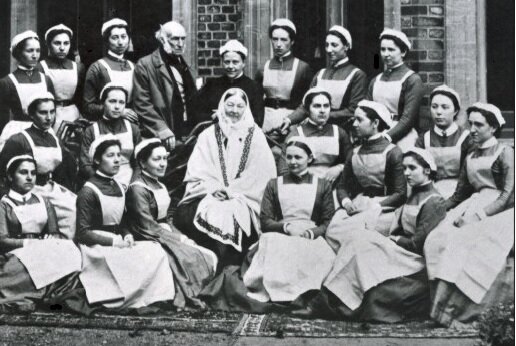Covid-19 Is More Complex Than We Thought
/By Roger Chriss, PNN Columnist
Covid-19 initially seemed like a respiratory illness, with symptoms similar to a nasty flu. But it was quickly recognized as more transmissible and deadly, and with the added feature of being novel, meaning that no one had any natural resistance to it.
Now it is becoming clear that Covid-19 is more complex.
Although some people experience a short course of influenza-like symptoms, others also have neurological problems. According to Neurology Advisor, common symptoms associated with COVID-19 include anosmia and dysgeusia -- the impaired ability to smell or taste normally.
In one case study from Italy, reported on by IFL Science, a young woman had a persistent cough and loss of smell as her first symptoms. MRI results showed a “viral brain invasion” that caused inflammation in her olfactory bulb, the part of the brain involved in the sense of smell. Fortunately, the brain inflammation and other symptoms cleared up 28 days later.
A recent study in The BMJ looked at over 20,000 patients hospitalized with Covid-19 in the UK. Researchers found that many had pre-existing conditions, such as chronic cardiac disease (31%), diabetes without complications (21%), and non-asthmatic chronic pulmonary disease (18%).
Less than half the patients (41%) made it out of the hospital alive, 26% of them died, and the remaining 34% were still in the hospital when data collection ended, so their outcomes remain to be seen. Being male or obese were associated with a higher risk of death, along with underlying health problems.
Notably, being over the age of 50 was substantially more hazardous than any other comorbidity – meaning the inflection point for risk is 50 years of age, not the oft-cited 65 seen in the U.S.
Younger People Affected
Washington State is seeing a rapid rise of Covid-19 in young adults. Early in the outbreak, more than two-thirds of patients were older, but between March 1 and May 3, over a third of new cases (39%) were seen in people aged 20 to 39. It is not clear why this is happening, and deaths remain concentrated among people who are older.
Children may be at greater risk than previously thought. The CDC has recognized multisystem inflammatory syndrome in children as a “rare but serious complication” of Covid-19. The condition causes different body parts to become inflamed, including the heart, lungs, kidneys, brain, skin, eyes, and gastrointestinal organs.
Work to find underlying factors that create this complexity is ongoing. A potential role for the ApoE gene has been identified in work by Biobank. The Guardian reports that people with two variants of the gene, which are associated with heart disease and dementia, had more than double the risk of severe Covid-19.
Two key risk factors identified in the United States are ethnicity and socioeconomic status. According to Johns Hopkins, African Americans and other disadvantaged groups are experiencing infection and death rates that are disproportionately high for their share of the total population.
Work to discover the origins of the coronavirus continues. According to Ars Technica, U.S. researchers conducted a detailed analysis of the coronavirus genomes, and found an evolutionary path connecting them mostly with bats, but also with a key contribution from pangolins, an armadillo-like mammal.
All this points to a complicated future for the pandemic. Risks are spread more broadly across the population and symptoms and clinical course are more varied. At present the best we can do is reduce transmission to stay safe and healthy.
Roger Chriss lives with Ehlers Danlos syndrome and is a proud member of the Ehlers-Danlos Society. Roger is a technical consultant in Washington state, where he specializes in mathematics and research.









